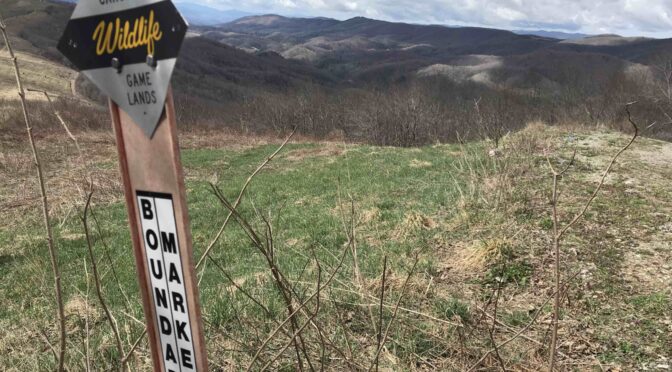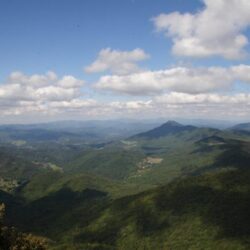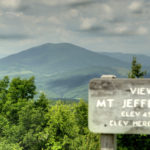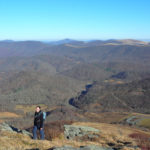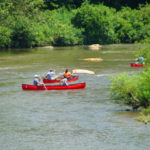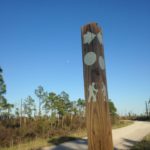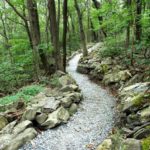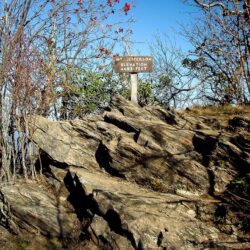The first time I visited the mountains of northwest North Carolina was shortly after Elk Knob State Park opened two decades ago. Facilities were sparse, trail even more so. But there was an old roadbed that plowed straight up the south side of the mountain, to the 5,520-foot summit. The climb was ridiculously steep and a mile-long — the actual trail that soon replaced it takes twice as long to reach the top, from the same trailhead. But oh, the payoff. From the summit looking north is a 180-degree panorama that you could spend a day taking in.
Look at a map of public lands in the North Carolina mountains and those lands pretty much end south of Boone. There are two small state parks in the region (Elk Knob and New River) and a state natural area (Mount Jefferson), but by-and-large these unique mountains offer few opportunities for true exploration. A shame, too, since these northern Southern Appalachians differ from their southern counterparts. According to The Nature Conservancy, which helped spare Three Top, these mountains are “part of the amphibolite mountain group, an unusual mountain chain containing a calcium-rich rock rare in the southern Blue Ridge.”
Translation? The acidic soil combined with the elevation yields a northern hardwood forest similar to that found in New England. And that results in more of the types of trees that give the Northeast it’s reputation for fabulous fall color. The sugar maple, for instance, which explodes in vivid orange in autumn, and the yellow aspen, though here of the big-tooth variety, not the more brilliant quaking aspen whose dense groves paint mountain hillsides solid yellow in the West. Still, the big-tooth puts on a pretty good show.
In short, these Southern Appalachians aren’t like the ones you are used to exploring. And that’s why you should plan to be a part of the Year of the Trail Weekend Festival in West Jefferson the weekend of Aug. 4-6.
We spoke in detail about plans for the festival back in June; you can check that post out here. Today, we return to reiterate what a great opportunity this is to explore lands you might not know and lands you might not otherwise have the opportunity to visit — in part because it’s not easy to find the trailheads to some of them. For the hike I’m leading at Pond Mountain, for instance, we’re meeting in West Jefferson and carpooling because directions are near impossible. (That’s Pond Mountain pictured at top.)
Today, we simply share photographic evidence of why you should be a part of the West Jefferson event, which is sponsored by the towns of West Jefferson and Lansing, Ashe County, the Friends of the Mountains-to-Sea Trail, the Blue Ridge Conservancy, the New River Conservancy and the N.C. Department of Natural and Cultural Resources’ Hometown Strong initiative.
Again, check out our June post here, and register to participate here. And hopefully we’ll see you in West Jefferson.
